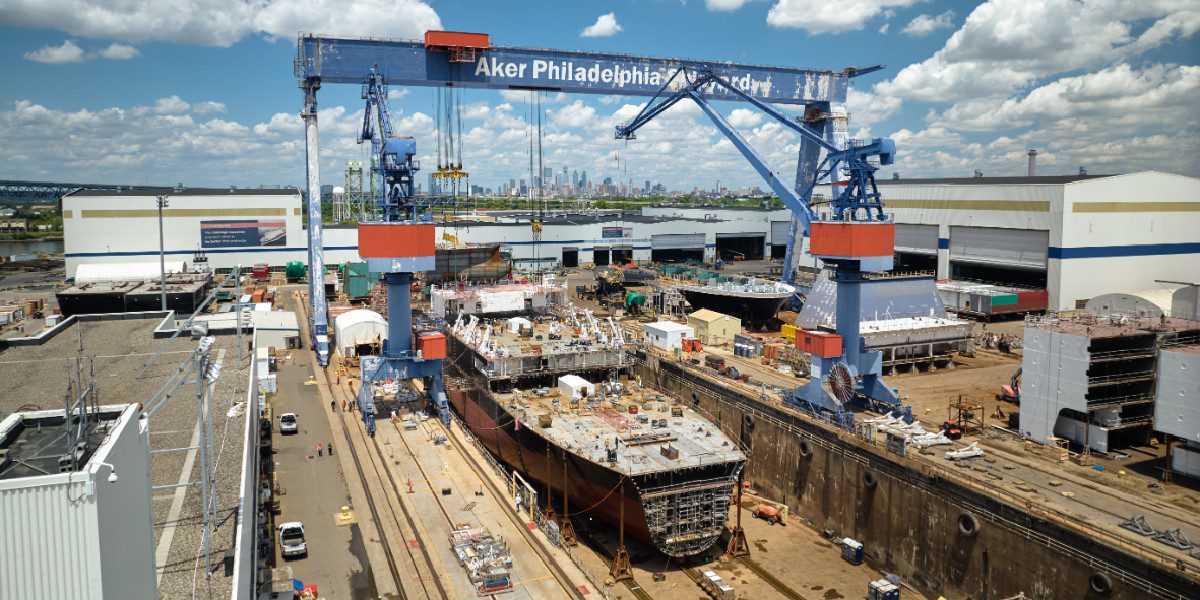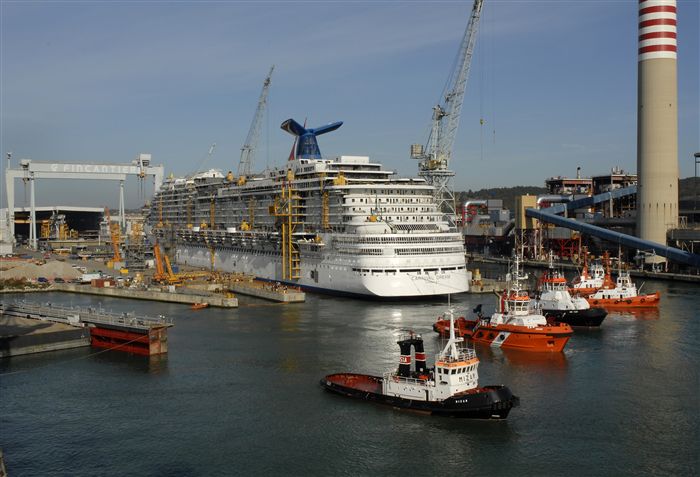China is accelerating the construction of a next-generation heavy-duty research icebreaker, signaling its growing ambitions in polar research and marking a significant expansion of its Antarctic exploration capabilities. According to Wu Gang, a senior designer at the Marine Design and Research Institute of China, this development underscores China’s rapid expansion in polar science—a field traditionally dominated by nations like Russia, Canada, and the United States.
Speaking to China Daily, Wu confirmed that the Chinese government has allocated substantial resources to the project, which is now in its final stages of research and development. “The new icebreaker will be able to break through ice more than two meters thick and will be powered by green fuels, leaving no pollutants during its operations,” Wu stated. The vessel is designed to conduct long-duration missions in the most challenging polar environments, significantly boosting China’s capacity to sustain year-round scientific research in these remote regions.
This announcement comes as China continues to expand its fleet of Arctic-capable vessels with remarkable speed. Just this summer, China dispatched three icebreakers into the Arctic, a feat that highlights the country’s rapidly growing polar ambitions. Among these vessels is the Xue Long 2, China’s most advanced icebreaker, which has been conducting a months-long expedition in the Arctic Ocean. Alongside it, the smaller Zhong Shan Da Xue Ji Di, operated by Sun Yat-sen University, and the newly commissioned Ji Di are also navigating the frigid waters north of Alaska.
The contrast between China’s progress and the United States’ struggles in the Arctic could not be more stark. The U.S. Coast Guard, once a dominant force in the region, has faced momentous setbacks, with its icebreaker fleet. The Polar Star, the U.S.’s only operational heavy icebreaker, remains in dry dock, while the Healy, another key vessel, was forced to abort its Arctic mission following a fire last month. The Coast Guard is also looking to purchase the available commercial icebreaker Aiviq, as a stop-gap measure. $125m in funding was allocated by Congress but no concrete steps have been announced.
With the U.S. unable to maintain a surface presence in the Arctic for the remainder of the year, China’s advancements are all the more striking. This situation becomes significantly more concerning in the wake of Russia’s recent launch of a new “Combat Icebreaker”.
The United States is not the only Arctic nation facing serious setbacks. Canada’s icebreaker fleet, once a source of national pride, has become emblematic of the country’s struggles to maintain its commitments in the rapidly changing Arctic landscape. With an aging fleet and years of delays to its heavy icebreaker program – which gCaptain first reported on in 2012 – Canada has fallen woefully behind in its NATO obligations, particularly in maintaining a credible presence in the High North. The construction of new vessels has been plagued by delays and budget overruns, leaving Canada with only a handful of new medium icebreakers—insufficient to patrol its 162,000 km of Arctic coastline.
Also Read: U.S. to Partner with Canada and Finland to Fix Icebreaker Program and Shipbuilding
by Malte Humpert
The speed with which China has built its icebreaking fleet is notable. The construction of the Ji Di and the soon-to-be-commissioned Tan Suo San Hao was completed in just two years, a stark contrast to the prolonged timeline of the U.S. Polar Security Cutter project, which may not see its first vessel completed until the 2030s.
This is not surprising considering experts estimate that China has 200 times the shipbuilding capacity of the United States.
Wu Gang emphasized that the new icebreaker, once completed, will represent a significant enhancement of China’s polar research capabilities. “This vessel will allow us to reach anywhere in the polar regions and stay as long as we need,” he said, highlighting the strategic importance of the new ship.

 Join The Club
Join The Club











